Intended Use
Cetrimide Agar Base (DM057) is recommended as a selective medium for the isolation of Pseudomonas aeruginosa from water and clinical specimens. Cetrimide Agar Base
Product Summary and Explanation
Pseudomonas aeruginosa is a gram-negative, aerobic bacterium which grows well on all normal laboratory media but specific isolation of the organism, from environmental sites or from human, animal or plant sources, is best carried out on a medium, which contains a selective agent and also constituents to enhance pigment production. Most selective media depend upon the intrinsic resistance of the species to various antibacterial agents. King et al.(1) developed Medium A (Tech Agar) for the enhancement of pyocyanin production by Pseudomonas. Cetrimide Agar has the formula for Tech Agar but is modified by the addition of cetrimide (cetyl trimethyl ammonium bromide) for the selective inhibition of organisms other than P. aeruginosa. Cetrimide inhibits the growth of many microorganisms whilst allowing Pseudomonas aeruginosa to develop typical colonies. In 1951, Lowbury(2) described the use of 0.1% cetrimide in a selective medium for P. aeruginosa. Because of the increased purity of the inhibitory agent, the concentration was later reduced, as reported by Lowbury and Collins in 1955.(3)
Cetrimide is a quaternary ammonium salt, which acts as a cationic detergent that reduces surface tension in the point of contact and has precipitant, complexing and denaturing effects on bacterial membrane proteins. It exhibits inhibitory actions on a wide variety of microorganisms including Pseudomonas species other than Pseudomonas aeruginosa. Brown and Lowbury employed incubation at 37°C with examination after 18 and 42 hours of incubation.(4) P. aeruginosa can be identified due to their characteristic production of pyocyanin, a blue, water-soluble, nonfluorescent phenazine pigment coupled with their colonial morphology and the characteristic grape-like odor of aminoacetophenone.(5) P. aeruginosa is the only species of Pseudomonas or gram-negative rod known to excrete pyocyanin. These media are therefore, important in the identification of P. aeruginosa. These media are used for the microbiological examination of cosmetics(6) and clinical specimens(5,7) for the presence of P. aeruginosa, as well as for evaluating the efficacy of disinfectants against this organism.(8)
Principles of the Procedure
Cetrimide Agar Base contains gelatin peptone which supplies the nutrients necessary to support growth. The production of pyocyanin is stimulated by the magnesium chloride and potassium sulfate in the medium. Cetrimide is a quaternary ammonium, cationic detergent compound, which is inhibitory to a wide variety of bacterial species including Pseudomonas species other than P. aeruginosa. Cetrimide Agar Base is supplemented with 1% glycerol as a source of carbon.
Formula / Liter
| Ingredients | : Gms / Liter |
| Pancreatic digest of gelatin | : 20.00 |
| Magnesium chloride | : 1.40 |
| Potassium sulphate | : 10.00 |
| Cetrimide | : 0.30 |
| Agar | : 15.00 |
| Final pH: 7.2 ± 0.2 at 25°C | |
| Formula may be adjusted and/or supplemented as required to meet performance specifications | |
Precautions
1. For Laboratory Use only.
2. IRRITANT. Irritating to eyes, respiratory system, and skin.
Directions
1. Suspend 46.7 grams of medium in one liter of distilled water water containing 10 ml glycerol.
2. Heat to boiling, to dissolve the medium completely.
3. Autoclave at 121°C, 15 psi pressure, for 15 minutes / validated cycle.
4. If desired, rehydrated contents of 1 vial of Nalidixic Selective Supplement (MS206) may be added aseptically to 1000 ml medium.
5. Mix well and pour into sterile petri plates.
Quality Control Specifications
| Dehydrated Appearance | : Cream to yellow homogeneous free flowing powder |
| Prepared Medium | : Light amber coloured opalescent gel with a slight precipitate forms in Petri plates |
| Reaction of 4.67% Solution | : pH: 7.2 ± 0.2 at 25°C |
| Gel Strength | : Firm, comparable with 1.5% Agar gel |
| Cultural response | : Cultural response was observed after an incubation at 30-35°C for specified time. Recovery rate is considered as 100% for bacteria growth on Soyabean Casein Digest Agar. |
Expected Cultural Response:
| Sr. No. |
Organisms | Results to be achieved | ||||
| Inoculum (CFU) |
Growth | Observed Lot value (CFU) |
Recovery | Incubation Temperature & Time |
||
| 1. | Pseudomonas aeruginosa ATCC 9027 |
50 – 100 | good-luxuriant | 25 -100 | >=50 % | 30-35°C <=18 hrs |
| 2. | Escherichia coli ATCC 8739 |
>=10³ | inhibited | 0 | 0% | 30-35°C >=72 hrs |
| 3. | Pseudomonas aeruginosa ATCC 27853 |
50 – 100 | good-luxuriant | 25 – 100 | >=50 % | 30-35°C 18-24 hrs |
| 4. | Pseudomonas aeruginosa ATCC 25668 |
50 – 100 | good-luxuriant | 25 – 100 | >=50 % | 30-35°C 18-24 hrs |
| 5. | Stenotrophomonas maltophila ATCC 13637 |
>=10³ | inhibited | 0 | 0% | 30-35°C >=72 hrs |
| 6. | Escherichia coli ATCC 25922 |
>=10³ | inhibited | 0 | 0% | 30-35°C >=72 hrs |
| 7. | Escherichia coli NCTC 9002 |
>=10³ | inhibited | 0 | 0% | 30-35°C >=72 hrs |
| 8. | Staphylococcus aureus ATCC 6538 |
>=10³ | inhibited | 0 | 0% | 30-35°C >=72 hrs |
| 9. | Staphylococcus aureus ATCC 25923 |
>=10³ | inhibited | 0 | 0% | 30-35°C >=72 hrs |
| 10. | Salmonella typhimurium ATCC 14028 |
>=10³ | inhibited | 0 | 0% | 30-35°C >=72 hrs |
| 11. | Proteus mirabilis ATCC 29906 |
>=10³ | inhibited | 0 | 0% | 30-35 °C >=72 hrs |
The organisms listed are the minimum that should be used for quality control testing.
Test Procedure
1. For the isolation of P.aeruginosa, plates of Cetrimide Agar should be inoculated from non-selective medium such as Brain Heart Infusion Broth (DM811) or Soyabean Casein Digest Medium (DM277).
2. If the count is high, the test sample can be directly inoculated onto Cetrimide Agar.
3. Refer to appropriate references for standard test procedures.
Results
1. Colonies that are surrounded by a blue-green pigment and fluoresce under short wavelength (254 nm) ultraviolet light may be presumptively identified as Pseudomonas aeruginosa. Note, however, that certain strains of P. aeruginosa may not produce pyocyanin.
2. Other species of Pseudomonas do not produce pyocyanin, but fluoresce under UV light.
3. Most non-Pseudomonas species are inhibited, and some species of Pseudomonas may also be inhibited.
4. Gram staining, biochemical tests and serological procedures should be performed to confirm findings.
Storage
Store the sealed bottle containing the dehydrated medium at 10 – 30°C. Once opened and recapped, place container in a low humidity environment at the same storage temperature. Protect from moisture and light.
Expiration
Refer to the expiration date stamped on the container. The dehydrated medium should be discarded if not free flowing, or if the appearance has changed from the original color. Expiry applies to medium in its intact container when stored as directed.
Limitations of the Procedure
1. The type of peptone used in the base may affect pigment production.
2. No single medium can be depended upon to exhibit all pigment-producing P. aeruginosa strains.
3. Occasionally some enterics will exhibit a slight yellowing of the medium; however, this coloration is easily distinguished from fluorescin production since this yellowing does not fluoresce.
4. Some nonfermenters and some aerobic sporeformers may exhibit a water-soluble tan to brown pigmentation on this medium. Serratia strains may exhibit a pink pigmentation.
5. Studies of Lowbury and Collins showed P. aeruginosa may lose its fluorescence under UV light if the cultures are left at room temperature for a short time. Fluorescence reappears when plates are reincubated.
6. Consult appropriate texts for detailed information and recommended procedures.

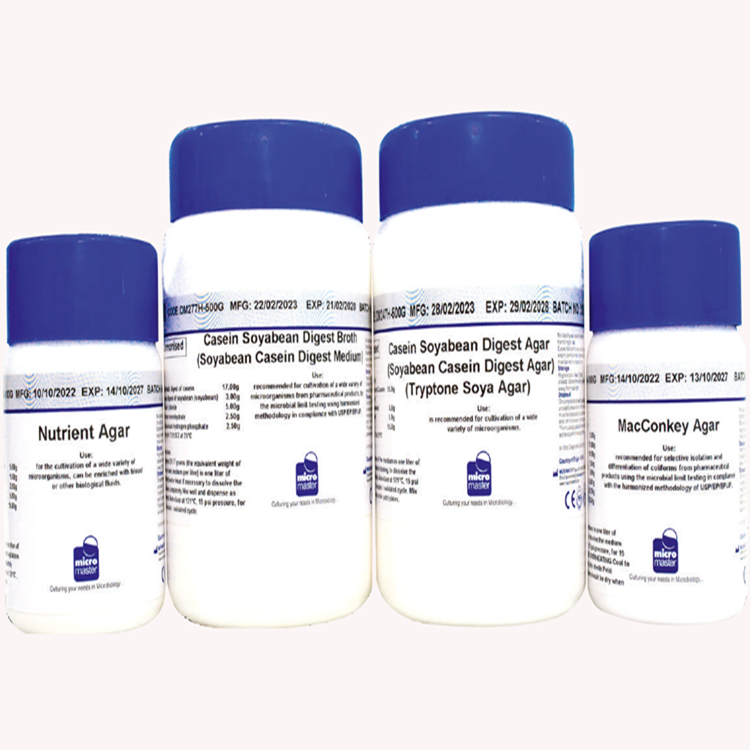




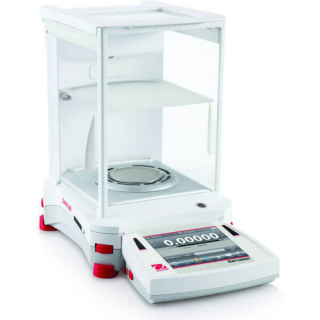
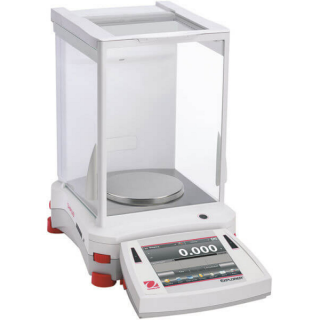
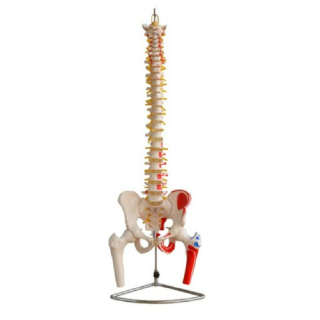
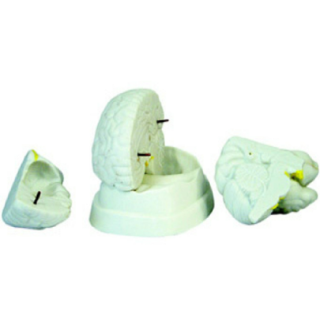
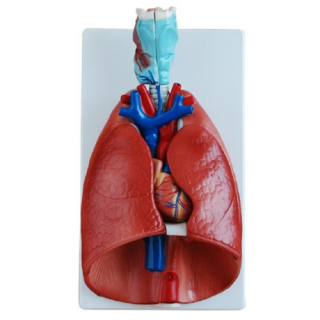
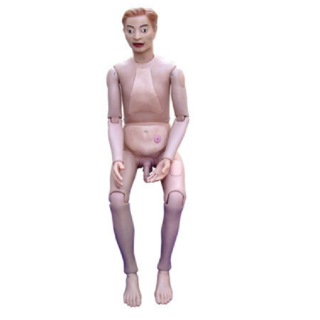
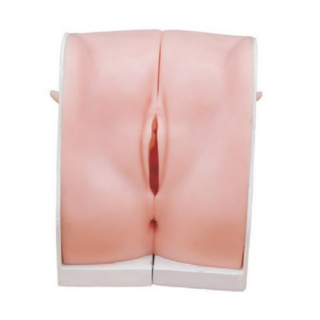
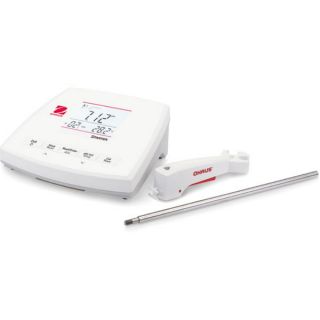
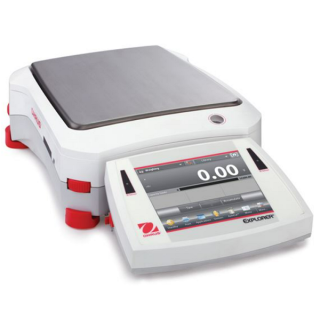
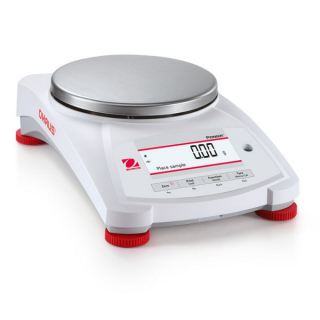
Reviews
There are no reviews yet.